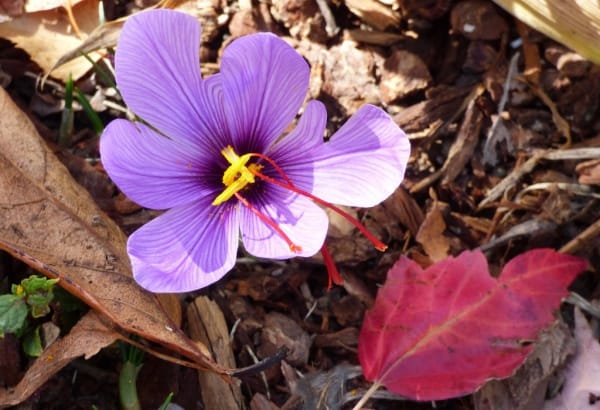More than 80% of Iranian saffron turnover in the pockets of others
About 300 tons of saffron is produced and consumed annually in the world, with Iran being the first producer of this product with more than 250 tons, but since last year, setting export and customs tariffs for saffron exports in different packages has reduced the relative saffron exports.
These tariffs are such that for the export of saffron with packages of more than 30 grams, a 5 percent customs tariff is collected, which caused more than 60 percent of red gold to be exported in packages of 10 to 30 grams, valued at $ 310 million. dedicated.
Each kilogram of Iranian saffron was sold in export markets for about $ 3,200, amounting to 11 million Tomans, and last year our country exported about 126 tons of saffron worth $ 396 million to different countries.
While Iran is considered as a supplier of more than 95% of saffron in the world, Spain as the largest exporter of Iranian red gold to other countries and of course with its name and brand, has determined the world price of saffron.
Ali Hosseini, a member of the National Saffron Council: The annual turnover of saffron in the world is more than four billion dollars. Despite its more than 95% share in the production of this product, Iran does not play a significant role in its trade and only about 500 million. The dollar earns our country from the saffron turnover in the world, which indicates the mismanagement of exports and global trade of this product.
He said: Iran has no problem in terms of packaging and export standards, but many export restrictions, including incorrect customs tariffs and high transportation costs, have caused a large part of the value added of exports to go to other countries.
A member of the National Saffron Council emphasized: If we want Iranian saffron to be offered in capillary distribution networks in domestic and foreign markets, we must participate in international exhibitions, but attending these exhibitions has huge costs for exporters. Accept these costs.







Get Social